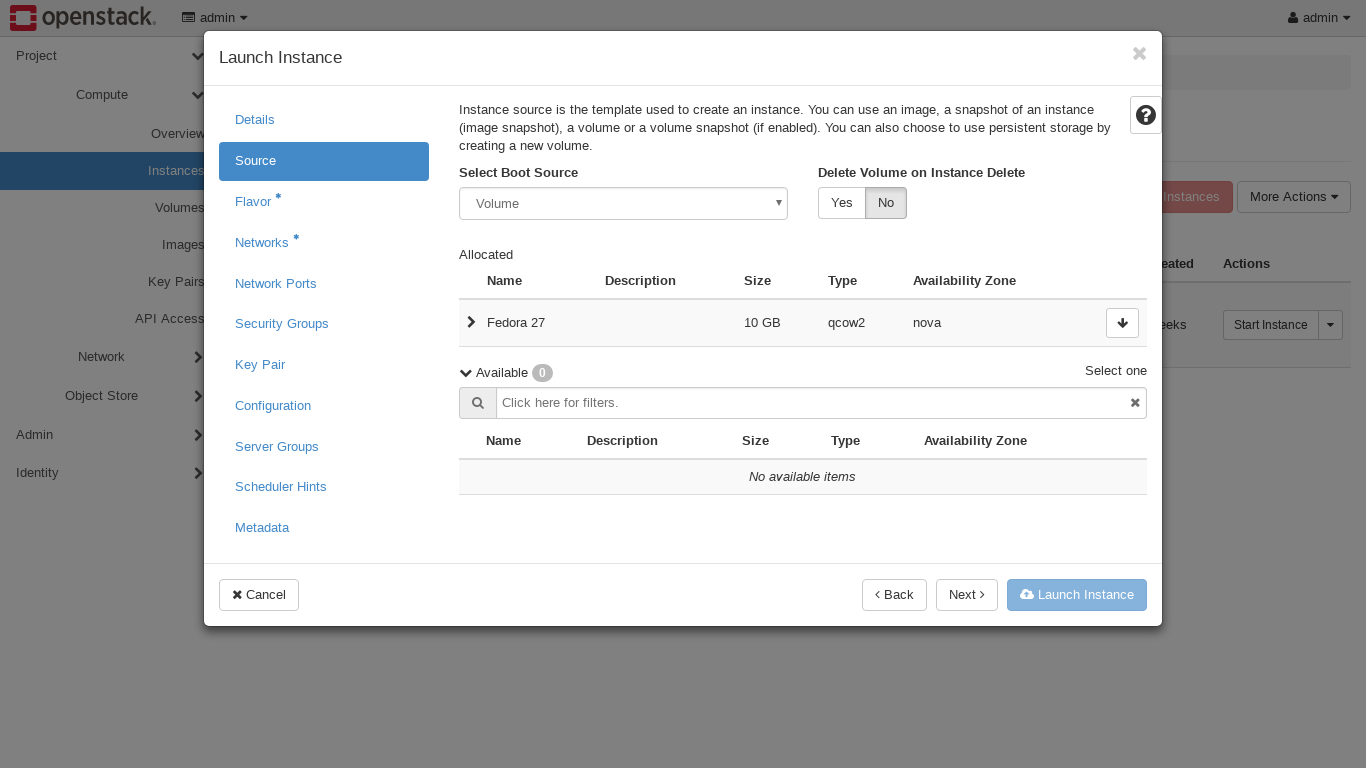
Nginx is a webserver that can handle many concurrent connections. It uses an asynchronous, event-driven architecture, which means it pulls in new requests as they become available. This allows it a better ability to handle high load levels, and improves overall performance.
Nginx is an open source software that can run as a standalone server or as a reverse proxy. It can also be used to distribute traffic load between multiple web servers. It can also handle event-driven programming and accelerate applications. It provides more flexibility and reliability than traditional process driven architecture.
Nginx runs as a daemon on Linux. To check the status of Nginx, you can either manually stop or start it. The command shows the process ID, as well other details of the daemon. You can use the command nginx_disable to disable a particular daemon. Disabled daemons are not automatically started when a server has been restarted.

Nginx uses an event-driven single-master model to manage its application servers. It is capable of handling thousands of simultaneous connections using modern hardware.
Nginx's master program reads the configuration and opens and closes listening channels. It also manages worker processors. Each worker processor can handle a particular number of connections. The worker process ends when it has processed all requests. The master process then starts a new worker processor and sends a QUIT signal to the old worker processor.
Nginx supports up to 10 000 simultaneous connections. This is much more than other servers can handle. You can send a variety requests to it, including HTTPS, HTTPS, POP3, SMTP, and many others. Nginx, in addition to being a webserver, can also be used as an HTTP cache.
Nginx offers several types of configuration files. One is the server block. This is used for defining sites. The other type is the location block. These blocks include a list of URLs that can be used to match locations. If you need to match an IP address with a domain name, you can use try_files directive. You can make the match more important by adding "" to the URI.

You must ensure that all users who have access to your site's Nginx application have the correct permissions when configuring it. You must track down any errors. Nginx records all this information in two types. Nginx will generate logs of login failures and logs of access attempts. To ensure that you don't miss any of the information, you should be sure to backup your nginx configuration file. A backup allows you to restore your system back to its original state in case of a crash.
FAQ
Do I hire a web design firm or do it myself.
If you're looking to save some money, don’t pay for web designing services. It may not be a wise decision to pay for web design services if you desire high-quality results.
You don't need to hire expensive web designers to create websites.
If you're willing, you can learn how you can make a site that is beautiful using free tools like Dreamweaver.
An alternative option to outsourcing your project is to hire an experienced freelance web designer who charges per-hour instead of per job.
How much does it cost to build a website?
This question will depend on your goals for your website. Google Sites is a free service that may be available if you only want to publish information about yourself and your business.
You will likely need to spend more if you want to attract people to your site.
A Content Management System (like WordPress) is the best solution. These programs make it easy to create websites without any programming knowledge. And because third-party companies host these sites, you won't need to worry about getting hacked.
Squarespace is another service that can be used to build websites. You can choose from a range of plans, ranging in price from $5 to $100 per monthly depending on what you need.
What should I include?
Your portfolio should consist of all these things:
-
You can also see examples of your previous work.
-
If possible, links to your site
-
You can also find links to your blog.
-
These links will take you to social media websites.
-
Other designers' online portfolios can be found here.
-
Any awards you have been given.
-
References.
-
Examples of your work.
-
Here are some links that will show you how to communicate with your clients.
-
You are willing to learn new technologies.
-
Links showing that you're flexible.
-
You can find links that reflect your personality.
-
Videos showing your skills.
WordPress is it a CMS?
Yes. It's a Content Management System. CMS is a way to manage your website content without having to use an application such Dreamweaver/Frontpage.
WordPress is absolutely free! You don't have to pay for anything other than hosting, which your ISP usually provides.
WordPress was originally created to be a blogging platform. But WordPress now offers many more options, such as eCommerce sites or forums, membership websites and portfolios.
WordPress is very easy to set up and install. Download the file from their website, and then upload it to your server. Next, simply go to your domain name via your web browser and log into your new site.
After installing WordPress, it's necessary to register for a username. Once you log in you'll be able access all your settings via a dashboard.
From here, you can add pages, posts, images, links, menus, widgets, and plugins. This step can be skipped if editing and creating content is easy for you.
But if you'd rather work with someone, you can hire a professional website designer to handle everything.
How much do web developers make?
Working on a website yourself will likely earn you between $60 and $80 an hour. Independent contractors are a better option if your goal is to charge more. You could potentially charge anywhere from $150-200 per hour.
Statistics
- Studies show that 77% of satisfied customers will recommend your business or service to a friend after having a positive experience. (wix.com)
- Is your web design optimized for mobile? Over 50% of internet users browse websites using a mobile device. (wix.com)
- In fact, according to Color Matters, a signature color can boost brand recognition by 80%. There's a lot of psychology behind people's perception of color, so it's important to understand how it's used with your industry. (websitebuilderexpert.com)
- It's estimated that in 2022, over 2.14 billion people will purchase goods and services online. (wix.com)
- It enables you to sell your music directly on your website and keep 100% of the profits. (wix.com)
External Links
How To
What is Website Hosting?
Website hosting is the location where people go when they visit websites. There are 2 types.
-
Shared hosting - This is the cheapest option. Your website files reside on a server owned by someone else. Customers who visit your website send their requests via the Internet over to that server. The request is then handed to the owner of that server.
-
Dedicated hosting – This is the most expensive option. Your website will reside on a single server. You and your traffic are protected by the fact that no other websites share server space.
Because it is less expensive than dedicated hosting, shared hosting is preferred by many businesses. You can use shared hosting if the company owns the server to provide the resources required for your website.
Each option has its pros and cons. Here are the differences:
The pros of shared hosting:
-
Lower Cost
-
Easy to Set Up
-
Frequent Updates
-
It can be found at many web hosting providers
Shared hosting can often cost as little as $10/month. Keep in mind, however, that bandwidth is usually included in the price. Bandwidth is the data transfer speed that you have over the Internet. Even if you are only uploading photos to your blog site, high data transfer rates can still cost you extra.
You will quickly see why you paid so much for your former host once you have started. Many shared hosts offer very little customer support. Although their techs may help you with setting up your site, it's not a common practice.
Look for a provider who offers 24/7 phone support. They will attend to any issues you have while you sleep.
Cons of dedicated hosting
-
More Expensive
-
Less is More
-
Requires specific skills
With dedicated hosting, everything you need for your website is at your fingertips. You won't have to worry about whether you're using enough bandwidth or whether you've got enough RAM (random access memory).
This means that upfront, you'll need to spend a bit more. You'll soon realize that your business is self-sufficient once it's online. You'll become an expert at managing your servers.
So Which Is Better For My Business?
This depends on the kind of website that you want. Shared hosting is best for those who only need to sell products. It's very easy to setup and maintain. You'll probably receive frequent updates because you are sharing a server hosting many other sites.
However, dedicated hosting is the way to go if you want to build a community around your brand. Instead of worrying about traffic, you can concentrate on building your brand.
Bluehost.com is the best web host for both. They offer unlimited monthly data transfers and 24/7 support. You can also register domain names for free.